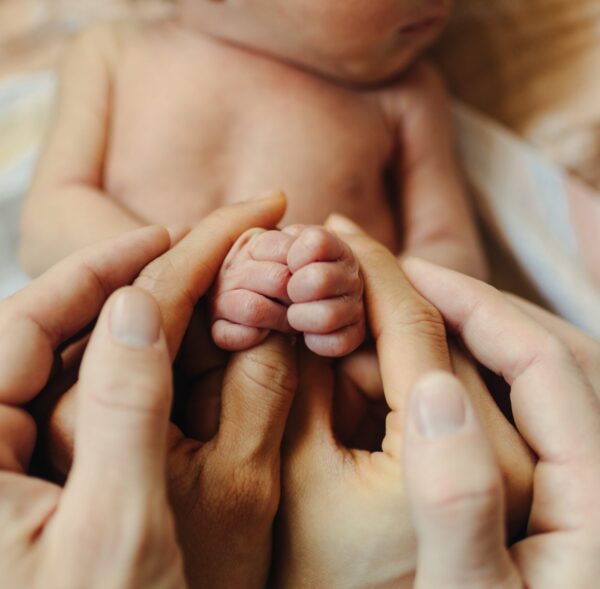Australia’s future learners: what 2024 birth trends mean for early childhood planning

The latest birth and fertility data from the Australian Bureau of Statistics (ABS) offers critical insights for early childhood education and care (ECEC) professionals planning for future service delivery, workforce capacity, and community engagement.
Recently released the Births, Australia: 2024 dataset highlights both national and regional trends shaping the future composition of the ECEC landscape from fluctuating birth numbers and declining fertility rates to rising parental age and significant demographic differences across First Nations communities.
Australia recorded 292,318 births in 2024, an increase of 1.9 per cent from the previous year. However, the ABS notes that some of this increase reflects administrative changes, such as faster registration processing in Victoria, rather than a true demographic surge.
Importantly, the Total Fertility Rate (TFR) the average number of babies a woman is expected to have over her lifetime continues to trend downward:
- 1.481 babies per woman in 2024 (down from 1.499 in 2023)
- A significant decline from 1.795 in 2014
- Below the replacement level of 2.1 since 1976
These figures signal a continued shift toward smaller family sizes, which has long-term implications for enrolment forecasting, infrastructure investment and staffing strategies across the ECEC sector.
The 2024 data confirms a steady increase in the median age of parents:
- Mothers: 32.1 years
- Fathers: 33.9 years
This trend reflects broader social changes, including delayed family formation and increasing workforce participation among women. For early childhood services, this may translate into engagement with older parents who may have different expectations, priorities and access needs than previous generations.
Fertility rates were highest among women aged 30–34 years (106.0 births per 1,000 women), with increasing rates among those aged 30–49 and decreasing rates for women under 30.
First Nations birth data paints a distinct demographic picture:
- 25,049 births were registered to Aboriginal and Torres Strait Islander parents (8.6 per cent of all births)
- The median age of mothers was 27.0 years and fathers 29.0 years
- The TFR for Aboriginal and Torres Strait Islander women was 2.128, higher than the national average and above replacement level
The most common age groups for births were:
- 25–29 years: 123.5 births per 1,000 women
- 20–24 years: 108.1 births per 1,000 women
These insights are critical for services working with Aboriginal and Torres Strait Islander communities, reinforcing the importance of culturally safe, strengths-based programs that reflect the age and context of local families.
Birth and fertility patterns vary significantly across states and territories, with important implications for local planning.
Victoria recorded the largest rise in registered births (12.9%), primarily due to system improvements. The Northern Territory saw the largest proportional increase outside Victoria (6.2%), while South Australia recorded a slight decline (-0.2%).
These trends highlight the importance of accessing and interpreting local data to inform service delivery, particularly in regions where fertility rates and family profiles differ markedly from national averages.
Understanding birth trends is key to shaping responsive, inclusive and sustainable early childhood services. As Australia’s population dynamics evolve, the sector will need to adapt to meet the changing needs of children, families and communities.
View the full statistics of Australian rates by states and territories, and sub-state regions here.
Popular

Economics
Provider
Australia’s child care services market to reach USD 8.8 billion by 2034, driven by policy reform and AI integration
2025-12-03 07:45:15
by Fiona Alston

Economics
$8.5m sale of Cranbourne West childcare centre highlights investor confidence
2025-12-02 07:45:50
by Fiona Alston

Economics
Provider
Workforce
Queensland Government expands investment in early learning access
2025-12-05 07:00:51
by Fiona Alston














